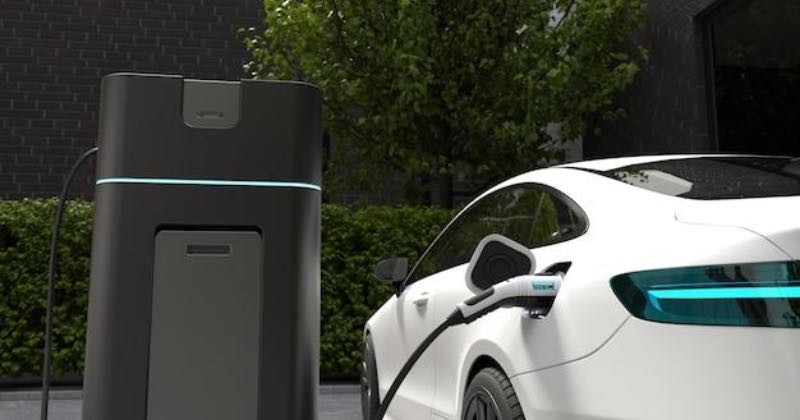The ascent of electric vehicles (EVs) to eminence as a more ecologically sound alternative to traditional gasoline-powered cars has been palpable in recent times. Propelled by technological strides and an escalating appetite for sustainable transportation options, the future of electric vehicles appears luminescent. Nevertheless, an array of challenges stands as formidable gatekeepers that necessitate diligent attention to fully harness the potential of electric vehicles.
Innovations in Electric Vehicle Technology
A pivotal realm of progress in electric vehicle technology revolves around the refinement of battery technology. Lithium-ion batteries, the stalwarts in the realm of electric vehicles, have undergone substantial enhancements in energy density, affording extended driving ranges and truncated charging durations. Concurrently, ongoing research endeavors are directed towards the evolution of solid-state batteries, promising augmented performance and safety benchmarks for electric vehicles.
Infrastructural and Charging Conundrums
While strides in battery technology bolster the practicality of electric vehicles, intricacies persist in the domains of infrastructure and charging.
The proliferation of charging stations constitutes a linchpin in bolstering the widespread adoption of electric vehicles. Governments and private entities must channel investments into the cultivation of a robust charging infrastructure, encompassing swift-charging stations lining highways and charging facilities strategically dispersed in residential enclaves.
Cost Dynamics and Accessibility
A substantial hurdle demanding resolution pertains to the cost and accessibility of electric vehicles. Presently, electric vehicles tend to incur a loftier upfront expenditure in comparison to their traditional counterparts.
However, as the march of technology continues unabated and economies of scale materialize, a palpable reduction in the cost of electric vehicles is anticipated. Augmenting this trajectory, governmental incentives and subsidies emerge as potent tools to democratize access, rendering electric vehicles more affordable to a broader spectrum of consumers.
Navigating Range Anxiety
The specter of range anxiety, an apprehension rooted in the fear of battery depletion mid-journey, remains a pervasive challenge impeding the ubiquitous embrace of electric vehicles. Despite noteworthy strides in bolstering the range of electric vehicles, a discernible gap persists vis-a-vis their gasoline-powered counterparts.
To quell this concern, sustained advancements in battery technology are imperative, with an attendant requirement for an extensive network of charging stations to assuage the anxieties of electric vehicle owners.
Ecological Dividends
Notwithstanding the impediments, electric vehicles proffer substantial environmental dividends when juxtaposed with conventional automobiles. EVs emit zilch tailpipe emissions, orchestrating a reduction in both air pollution and greenhouse gas discharges.
A transition towards electric vehicles becomes a linchpin in the amelioration of air quality and the mitigation of climate change impacts. As renewable energy sources, including solar and wind power, advance in prominence, the prospect of powering electric vehicles with pristine energy gains traction, perpetuating the diminution of their carbon footprint.
In Conclusion
The horizon for electric vehicles radiates promise, propelled by the cadence of battery technology evolution, infrastructure fortification, and cost amelioration. Notwithstanding, entrenched challenges demand strategic navigation, encompassing the augmentation of charging infrastructure, cost reduction initiatives, resolution of range anxiety, and persistent innovations in battery technology.
Despite these trials, electric vehicles stand as vanguards of environmental benefits, integral to ushering in a more sustainable transportation paradigm. With sustained research, investments, and collaborative endeavors spanning governmental bodies, private enterprises, and consumers, the impediments can be surmounted, unlocking the complete potential of electric vehicles in the times to come.




